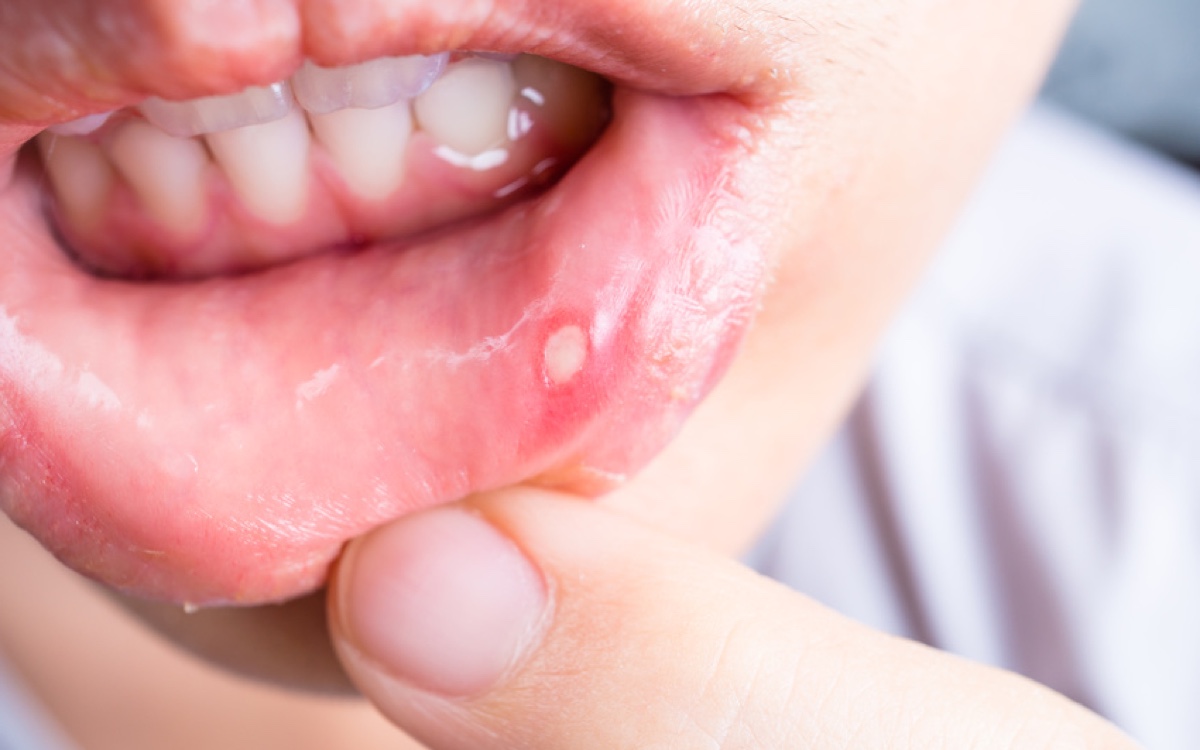Mouth sores can be annoying and very painful! A denture that doesn’t quite fit, a sharp edge from a tooth or filling, a loose orthodontic wire, or a viral infection can cause mouth sores. Canker and cold sores are in fact the most common, but there are a few more to be aware of!
Definition
Many different kinds of mouth sores can develop in or around the mouth. Some may be a sign of something more serious. Often times it may be painful! It is important to give your dentist a call if your mouth sore does not go away within 10 days. Do not hesitate to give your dentist a call if you have concerns of any kind, the sooner the better!
Signs & Symptoms
Here are a couple of common soft-tissue sores and a little bit of advice from the American Dental Association on how to take care of them.
- Thrush – also known as candidiasis, is a fungal infection that can occur within a mouth or throat. It is caused when an overgrowth of yeast takes place. You may notice white spots or difficult swallowing if you suffer from candidiasis.
- Canker sores – are very common believe it or not! They are small yellow or white center lesions that are surrounded by a red border. They can develop on the tongue, lips, throat, gum line, or cheek areas. Luckily, they are not contagious!
- Cold sores – appear as clusters of red and raised blisters outside of the mouth. They are usually seen around the lips. If you have a current cold sore be sure not to share any drinks with anyone! They are highly contagious.
- Tooth abscess – this can occur when there is an infection in the nerve of a tooth. Severe pain, sensitivity, and fevers are the most common symptoms.
It is important to be aware of all possible sores that may develop in or around your mouth! If you have any concerns contact your dentist! We don’t want you to be in too much pain or discomfort.




